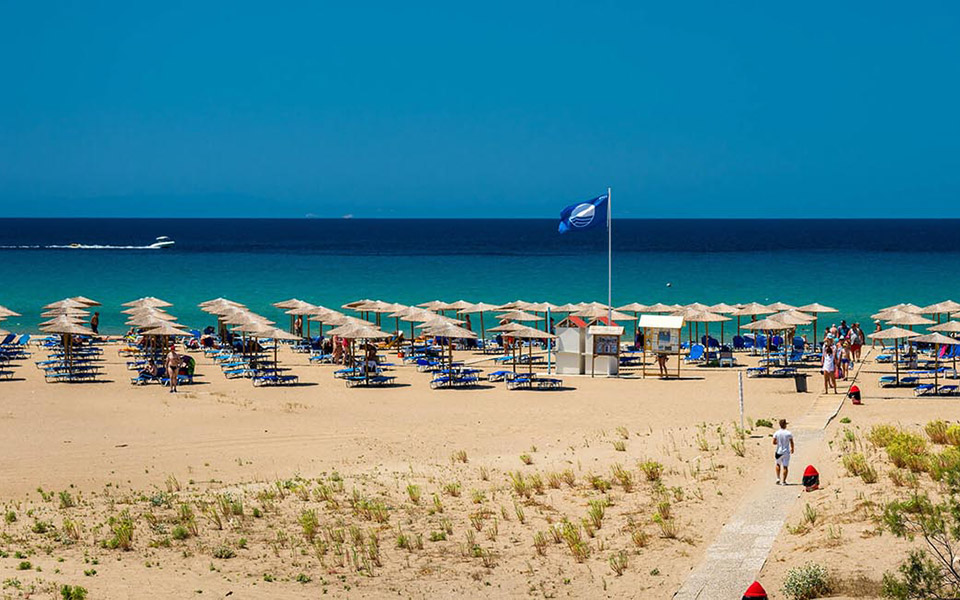515 of the Blue Flags awarded in 2019 went to Greek beaches, making Greece the nation with the second highest number of Blue Flag-awarded beaches in the world, second only to Spain. Flags were also awarded to 15 Greek marinas and 4 sustainable tourism boats.
The global Blue Flag program, which is operated by the non-profit Foundation of Environmental Education (FEE), is one of the most respected eco-labels there is. This year, a total of 3.797 beaches, 695 marinas and 67 tourism boats in 47 countries were awarded with flags.
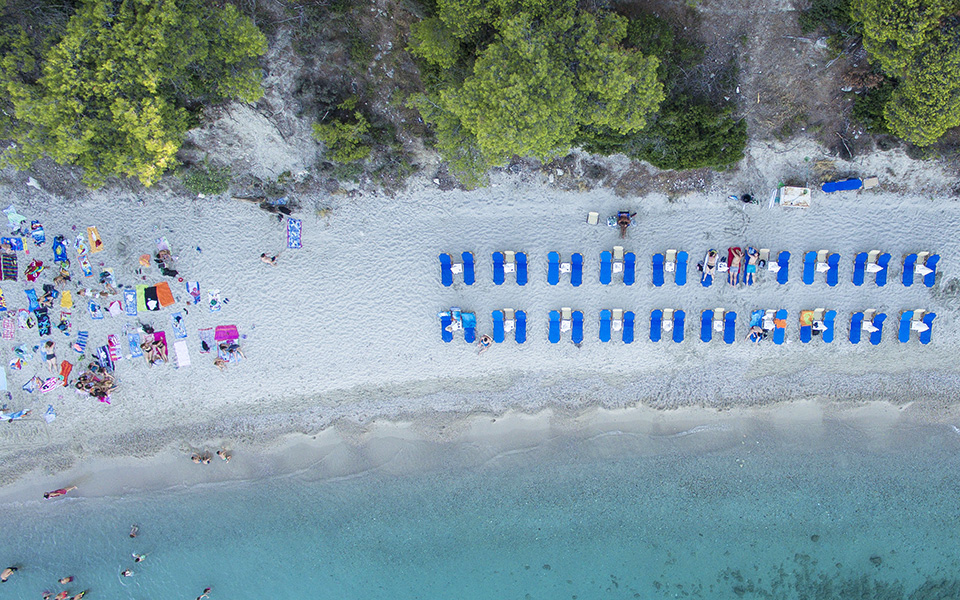
© Shutterstock
While the new flags will be raised all around the country (see map here), some areas stand out. Among the Greek islands, Crete holds the most flags, with 115 beaches and 1 marina awarded, most of them in the Lasithi and the Hania regional units. Rhodes was also near the top of the list with 39 awarded beaches.
(Note that Blue Flags are not only awarded for the cleanliness of bathing waters but require many other criteria be met, including the presence of services such as restrooms, first aid equipment and much more. As such they are only awarded to organized beaches typically managed by a dedicated operator, not empty and isolated stretches.)
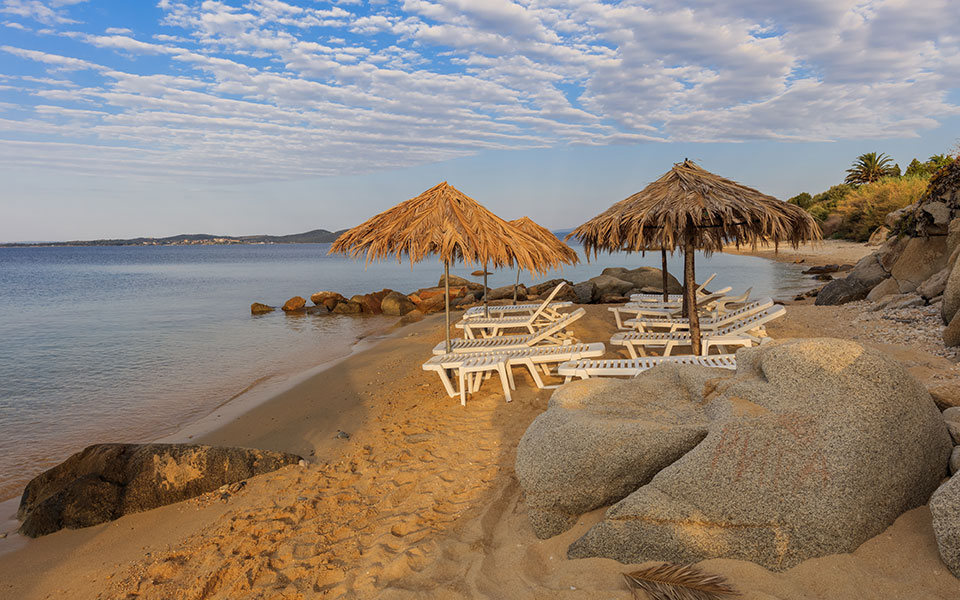
© Shutterstock
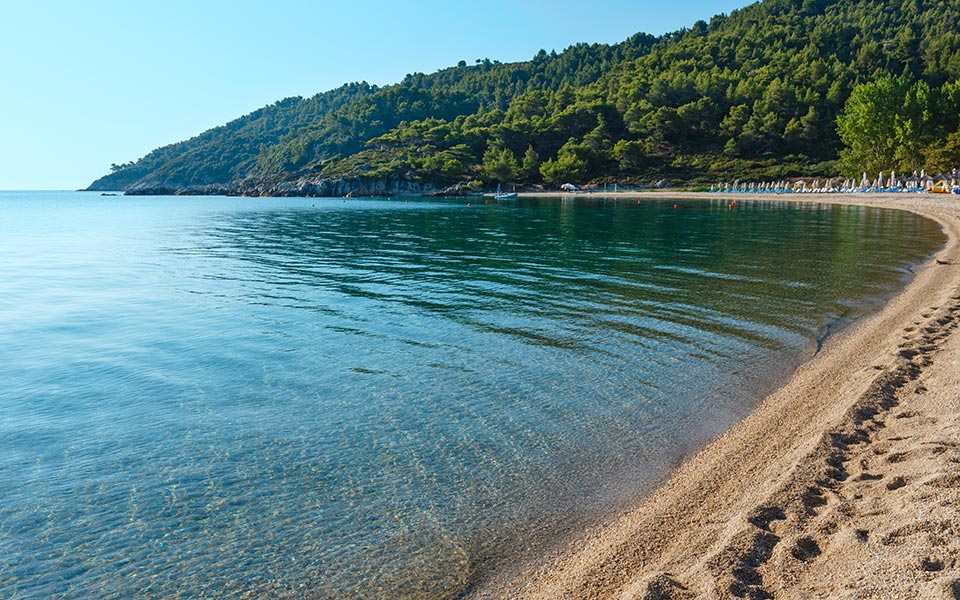
© blueflag.gr
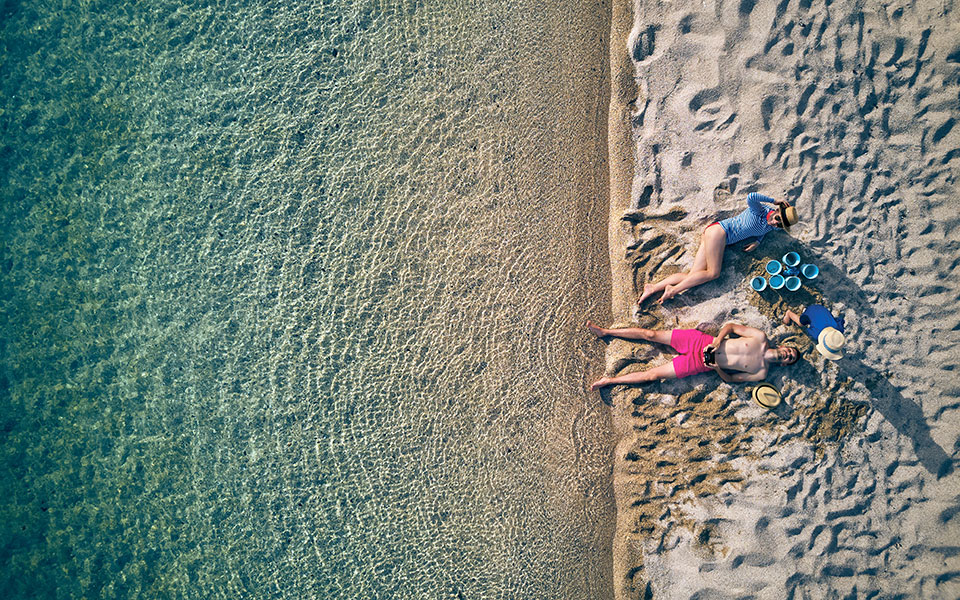
© Shutterstock
As in 2018, this year the Halkidiki peninsula in northern Greece is the single regional unit with the most flags. You’ll see as many as 89 Blue Flags floating in the wind at beaches and marinas here, plus Greece’s first Blue Flag-awarded tourism boat company, AllinBlusive. Last year the latter was awarded with a flag for their boat Sani Swan. This year three more of their vessels, Sani Cat, Sani Grace and Sani Riva, were also awarded. The company was also named Europe’s Leading Private Cruise Company at the World Travel Awards last year.
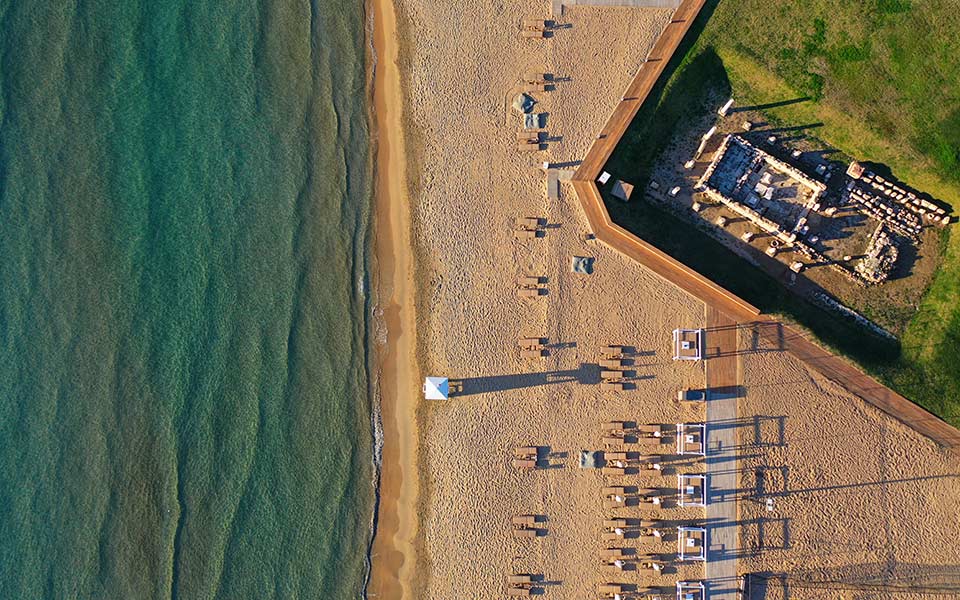
© Shutterstock
In the region of Attica (which administratively includes Athens, the surrounding area and the nearest islands), 21 beaches and 4 marinas were awarded with flags. The Blue Flag beaches nearest to the city center are located in the southern suburb of Glyfada. Visitors to Thessaloniki will find their nearest Blue Flag beaches in Peraia.
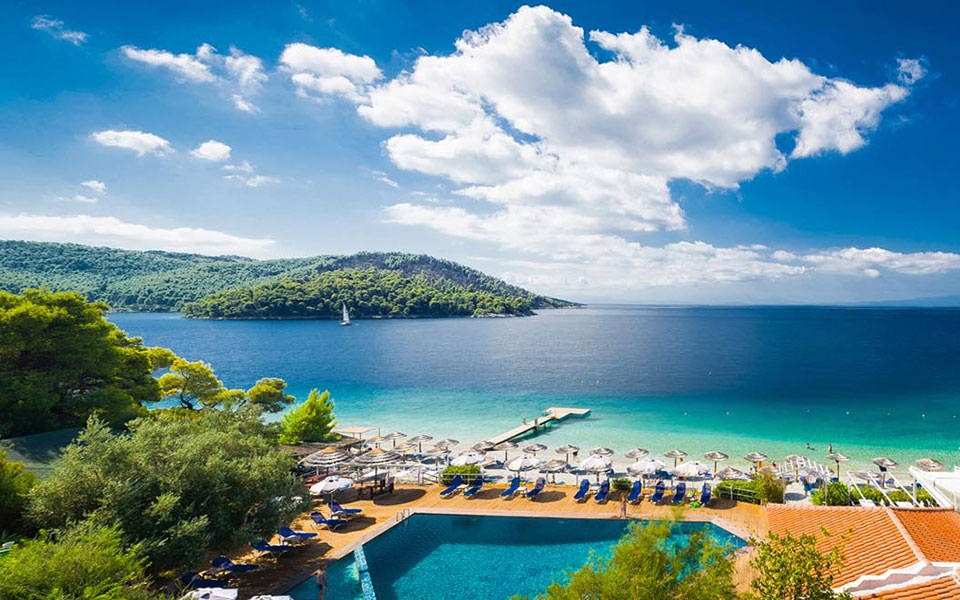
© blueflag.gr
The aim of the Blue Flag program is to promote organized, sustainable tourism, and among the many criteria for receiving a flag are guidelines for how to protect the environment. For example, in order to receive a flag, water samples must be collected and analyzed once a month in the off-season, and information about bathing water quality and local ecosystems must be displayed at the beach. Environmental education activities must also be provided and promoted to beach-goers, among other things.
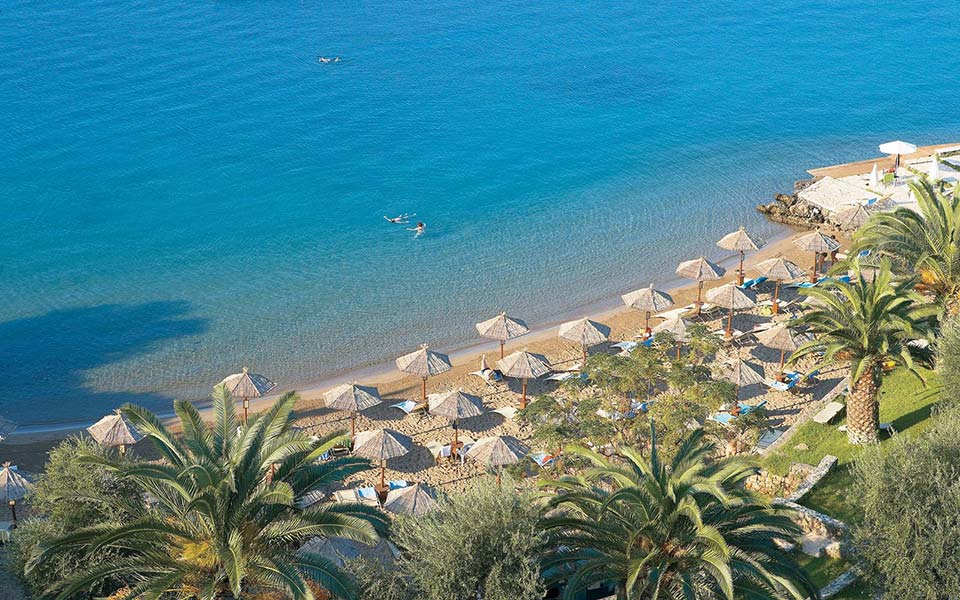
© blueflag.gr
Aside from the criteria focusing on sustainability, others require that establishments contribute for the good of their region. For example, at least one beach in a municipality must have disabled-friendly access and facilities, or none will be awarded. Details regarding everything from public access to safety, the presence of stray animals and building maintenance also count as factors that will make or break a beach, marina or boat’s chance of getting a flag.
To see all the criteria for getting a Blue Flag, go here.

